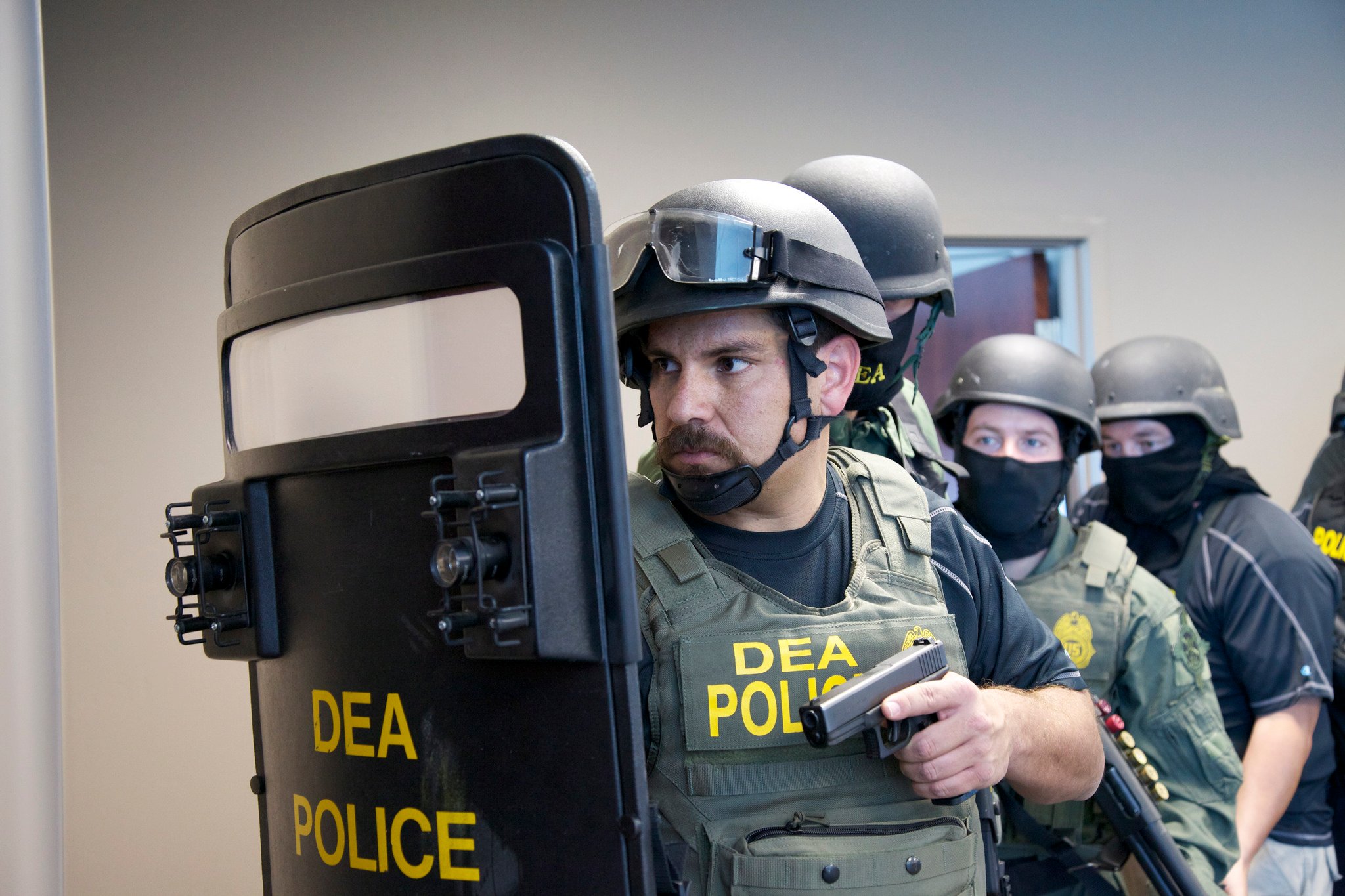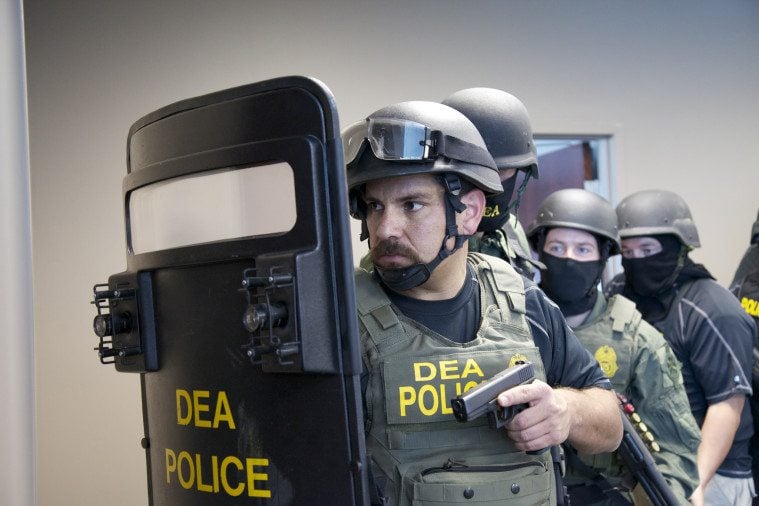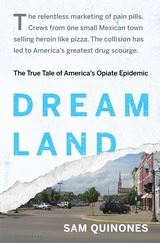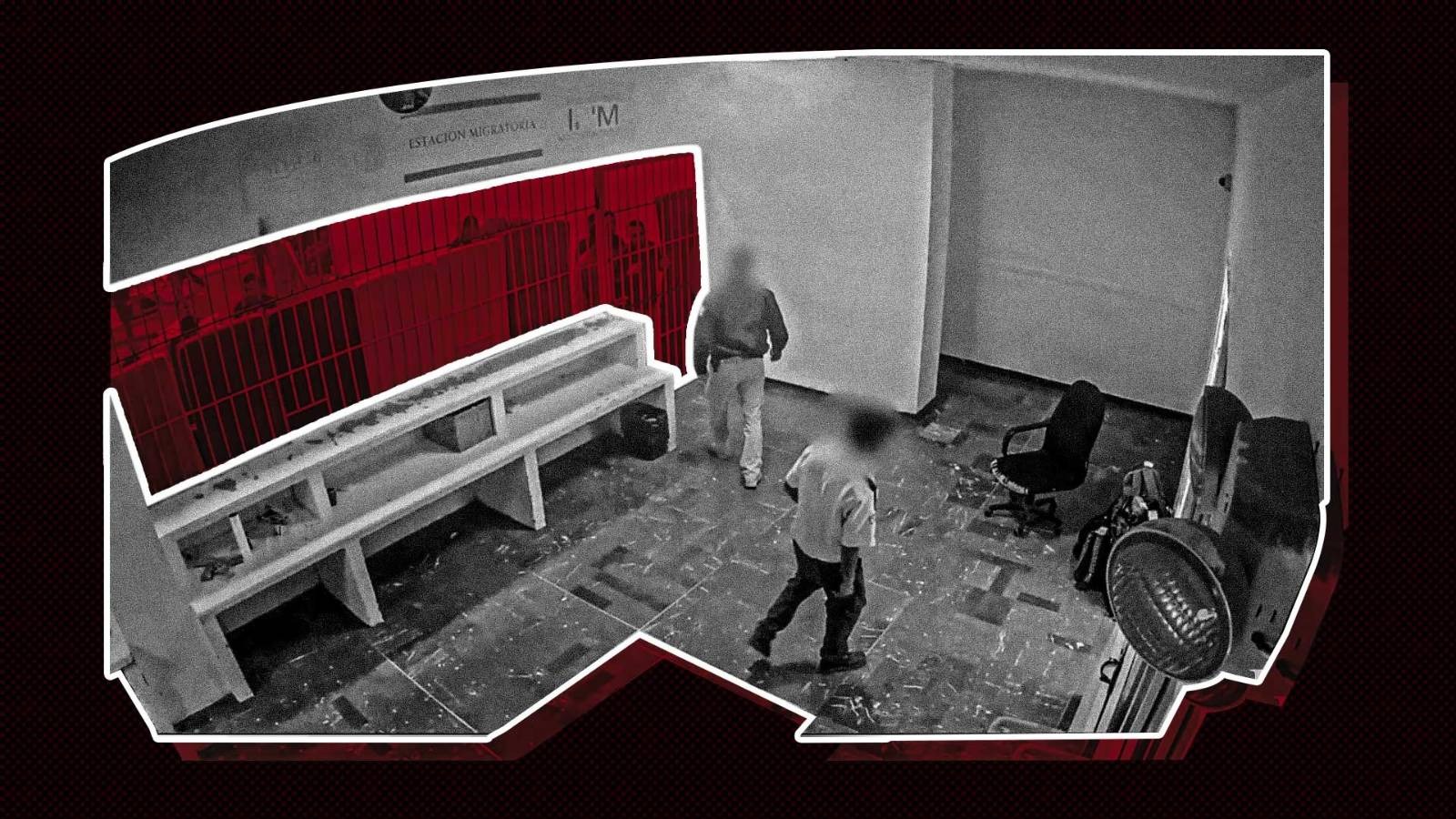
Dreamland Explores the Addictive Powers of Capitalism and Opium

These Mexicanos come straight from Donald Trump’s worst nightmare. They sneak into the country with their cheaply made heroin, head for cities with sizeable Mexican-American neighborhoods where they can easily blend in, and they sell to suburban white Americans. To top it off, they don’t even spend their money here in the United States, preferring instead to send it back to Mexico where it buys huge ranches and fuels loud parties with narcocorridos blaring all night and all the men wear Levi’s and big belt buckles.
These are the so-called Xalisco Boys, who Sam Quiñones first wrote about for the Los Angeles Times more than a decade ago and who reappear now as both heroes and villains in Dreamland: The True Tale of America’s Opiate Epidemic. Their story began in the 1990s with a group of men from Xalisco, a small village in the western Mexican state of Nayarit. Seeing an opportunity to make money, they began harvesting poppy plants (the ultimate source of all opiates, including opium, morphine, heroin, and many prescription painkillers such as Vicodin and OxyContin) in nearby highlands and used them to produce black tar heroin.
They made their money by following good consumer-driven retail practice, selling in small quantities at low prices to a wide base of reliable sellers, and providing impressive customer service — more like Amazon than street-corner dealers. As one law enforcement agent puts it, they “figured out that what white people — especially middle-class white kids — want most is service, convenience.” Their delivery system made ordering heroin as easy as getting a pizza. Heroin was stored in small quantities in uninflated balloons, which were in turn held in the mouths of the dealers. Those dealers drove up to customers’ houses in cheap automobiles owned (and frequently replaced) by the boss, and the customers — “all white,” according to one dealer, and “always ready to try out their high school Spanish” — handed over cash, at which point the dealer spit out the requisite number of balloons. If pulled over by police, the dealer would swallow the balloons, which reappear a few days later, certainly a bit dirtier but containing the heroin undamaged.

By Sam Quiñones
BLOOMSBURY
384 PAGES; $28
The system also provided reliable employment for kids from Xalisco, who could move north to work as drivers for a few months and return home with much-needed cash. Alternatively, they could stay in the States and move up to a job as a dispatcher, or, as many did, start up their own business in a new city, taking the system to cities across the whole country. Large-scale busts in 2000 and 2006 — named Operations Tar Pit and Black Gold Rush by DEA wordsmiths — could only temporarily slow the heroin’s spread, which is driven not by violent kingpins, but by a simple economic logic of low-entry barriers and unending demand.
Yet these Xalisco Boys are only one part, if a big one, of the broader and more complex story of America’s heroin epidemic. The desire for opium-induced euphoria goes back thousands of years and all the way down to our neurological makeup, meaning that the root of the problem will probably never go away. More timely factors, though, are the real story here. For money-hungry kids growing up in rural poverty in Mexico, there is a desire for the euphoria that “a poor man felt when he returned home with new boots, a new car, better clothes.” According to Quiñones, “Returning home to the rancho” – loaded with Levi’s and cash – “was the point of going north.”
In the United States, increased unemployment, especially in former industrial cities, has led many to seek the escape provided by drug use, creating an irresistible draw for sellers. Quiñones writes that the moneymaking possibilities “aroused the entrepreneurial spirit of rancheros, young and driven, as it harnessed a cheap and addictive product to the power of small-scale free-market capitalism.” The addictive power of capitalism was also behind the semi-criminal network of marketing executives, doctors, addicts, con artists and dealers spawned by the wonder drug of the 1990s, OxyContin. (Quiñones is open about his great debt to Barry Meier’s Pain Killer for telling much of that story in impressive detail.) Massive numbers of OxyContin prescriptions written by doctors and profiteers in return for insurance money, a share of the pills, other drugs or even sex, led to waves of opiate addiction — and customers for black tar dealers. “It was part of the marketing strategy,” one dealer admits. “Chiva,” as black tar was called on the street, “is the same as OxyContin; just OxyContin is legal. OxyContin users change to chiva. They can get our stuff more easily than going to a doctor for the pills.”
The story we are told in Dreamland is certainly fascinating and bizarre, and no one should be surprised that it continues to make headlines.
Quinones’ story does get complex, and the sheer number of characters introduced in Dreamland — there are portraits of heroic cops and detectives, market-savvy criminals, shady businessmen, good-hearted drug users, passionate community activists — can be dizzying. But in a country committed beyond reason to an endless “War on Drugs” and “Securing Our Borders,” showing such complexity is itself a powerful argument. The book gives overwhelming evidence of two facts: first, America’s drug problem does not come from drug dealers; and second, the solution is not to be found at the border, but in an acknowledgment of the broad scope of the problem. Unfortunately, the shame felt by addicts and their families, alongside a vengeful desire to pass more punitive laws against users and dealers, helps keep the problem hidden. Quiñones offers powerful examples of parents of addicts overcoming their fears and discussing their children’s problems with other parents, helping others to open up and begin fighting to regain control of communities devastated by drug use.
It is no wonder that Quiñones was drawn to this almost unbelievable story. In his previous books, Quiñones has shown himself to be a skilled teller of the “True Tale” — a fascinating, bizarre story you might laugh about with some drunk at the bar, only to be surprised the next day when you read it in the morning news. The story we are told in Dreamland is certainly fascinating and bizarre, and no one should be surprised that it continues to make headlines.


